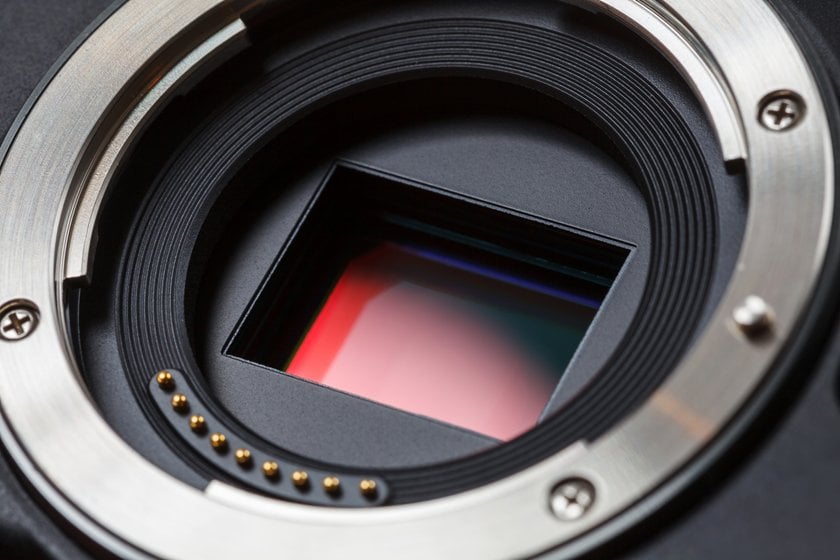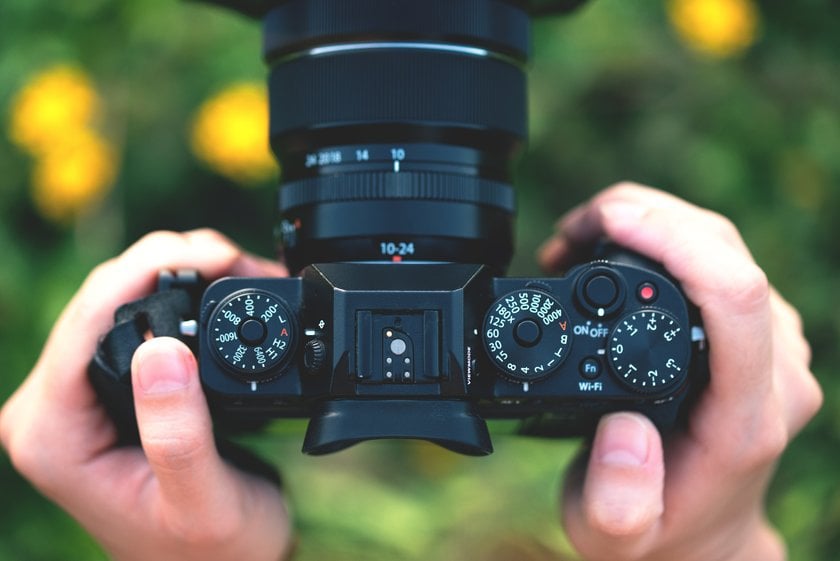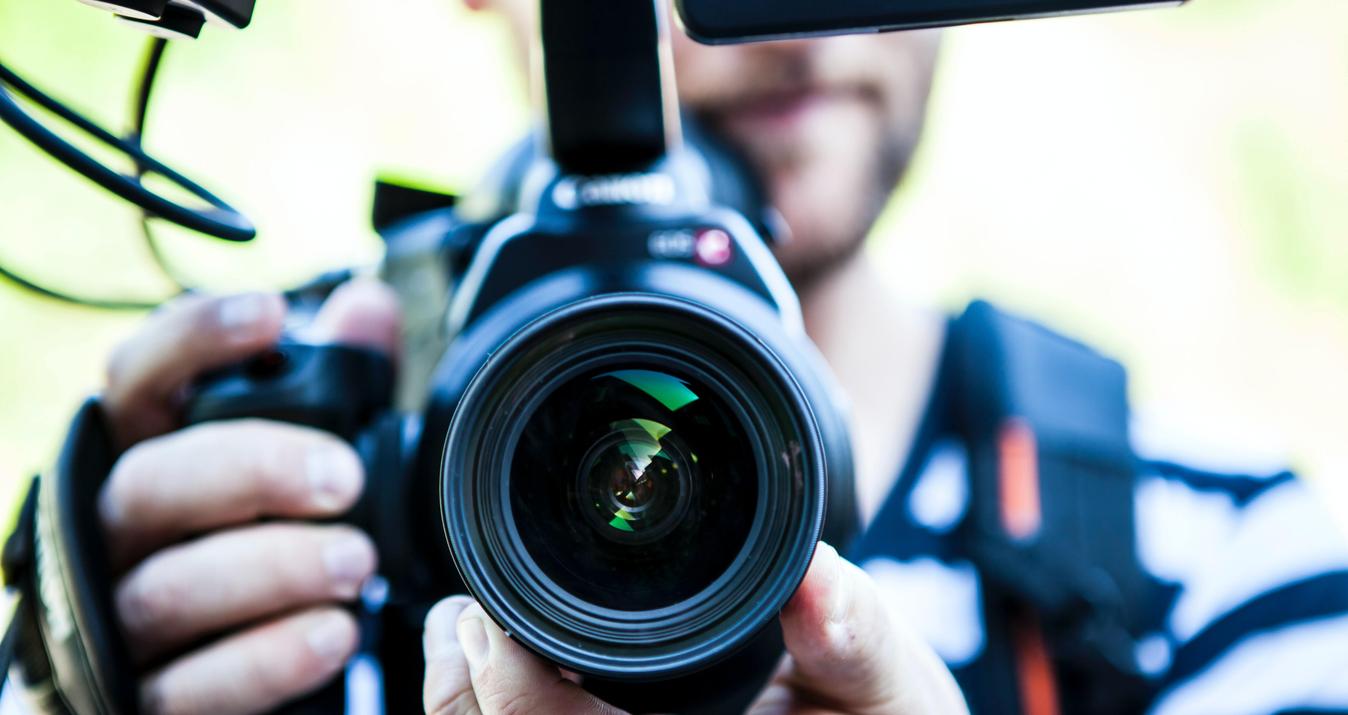Learn All The Nuances Of Micro Four Thirds Vs Full Frame. What Each Of These Tools Brings And How To Use Them Correctly.
In digital photography, the size of your camera's sensor is a big deal—yet so many overlook it! Whether you're just dipping your toes into photography or capturing moments for years, understanding the difference between Full Frame, APS-C, and Micro Four Thirds sensors can be a game-changer for your photos.
So why all the fuss about sensor sizes? Well, your sensor size can influence everything from the clarity and depth of your images to how well your camera performs in low light. It can change the amount of detail you capture, the noise level in your shots, and even how vibrant the colors appear. Plus, the sensor size plays a role in how big and heavy your camera is, which might be something to consider if you're trekking up mountains or traveling the world with it in tow.
Let's dive deeper into these sensors and see how they can shape your photography. Read on, and let's unravel the mysteries of camera sensor sizes, from Micro Four Thirds to Full Frame conversion nuances to in-depth Micro 4/3 camera comparisons. Let’s discover how to elevate your shots!
Understanding Camera Sensors
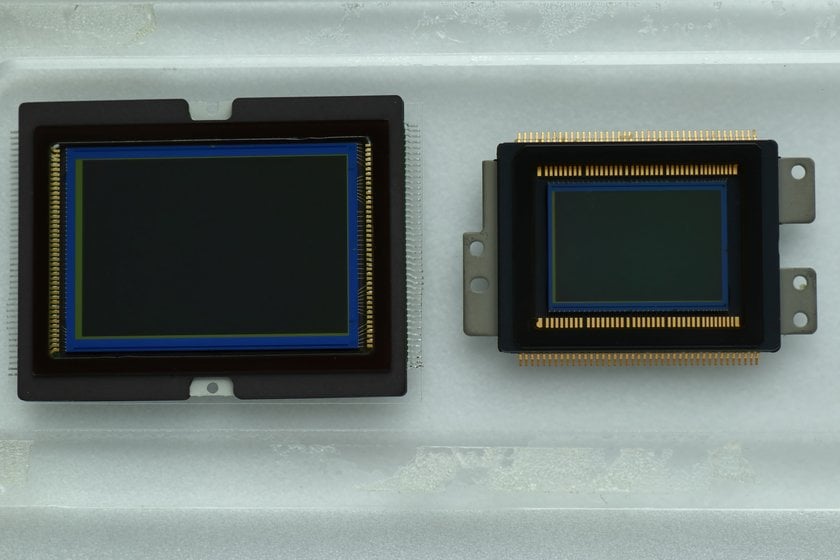
When choosing a camera, it's essential to consider the type of sensor it uses, as this will greatly impact your photography. Full Frame, APS-C, and Micro Four Thirds are today's most common sensor sizes, each offering unique benefits and drawbacks.
Full Frame
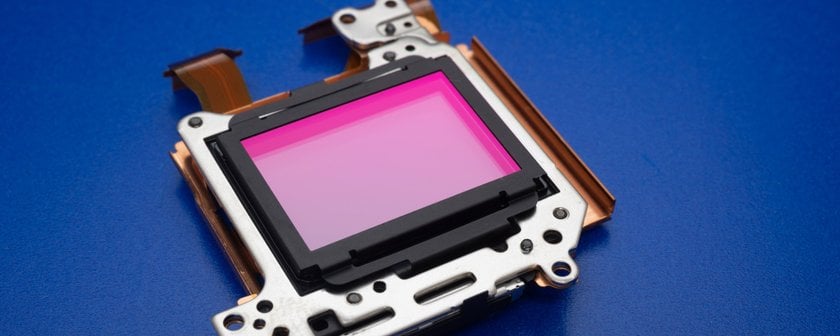
- Size: Think of it as the size of an old-school 35mm film: 36 x 24mm.
- Pros: Best for low-light shots. Bigger pixels = more detail and color. Great for professional portraits and landscapes.
- Cons: More expensive and bulkier.
APS-C (Cropped Sensor)
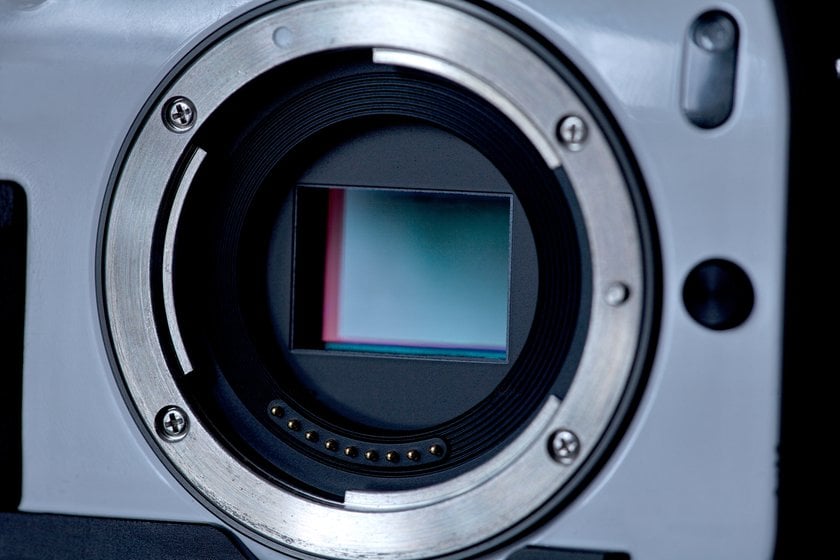
- Size: Smaller than Full Frame, about 23.6 x 15.6mm (size can vary a bit).
- Crop Factor: Zooms in 1.5x (or 1.6x for some brands) more than Full Frame.
- Pros: Cheaper and more compact than Full Frame, yet still gives great photos. Popular with hobby photographers.
- Cons: Not as good in low light as Full Frame.
Micro Four-Thirds (MFT)
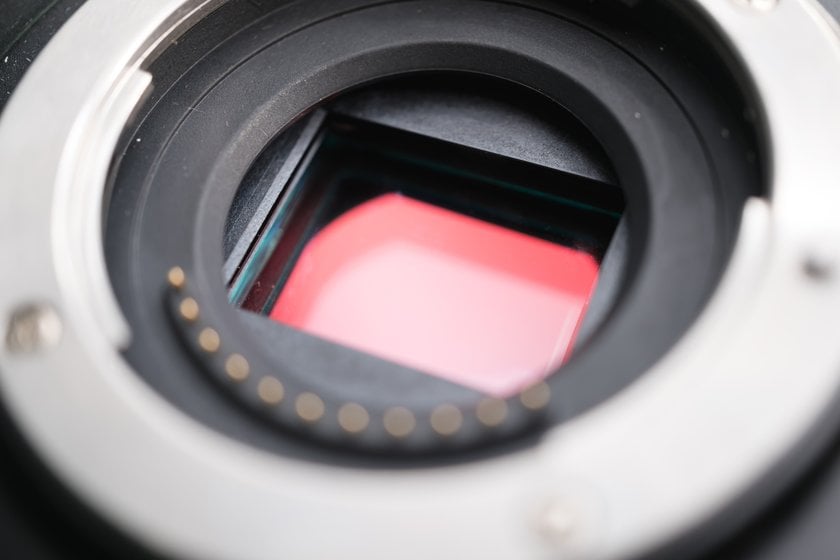
- Size: Even smaller, around 17.3 x 13mm.
- Crop Factor: Zooms in 2x more than Full Frame.
- Pros: Tiny and lightweight. Huge lens choice. Loved by vloggers and travelers.
- Cons: Struggles more in dim light compared to the others.
Bigger sensors (like Full Frame) often give better photos, especially in low light. But they can be pricier and heavier. Choose based on what you'll use it for and your budget!
Micro 4/3 vs. Full Frame: What’s the Difference
Quality of Imagery
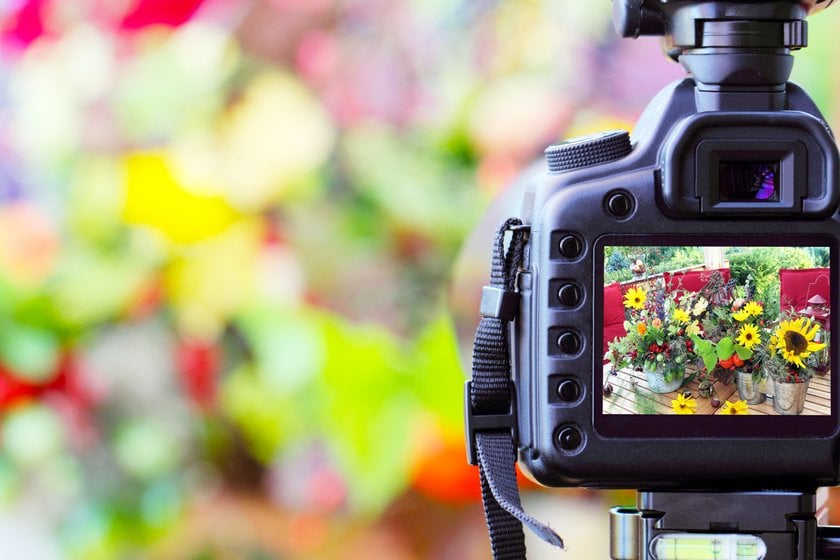
Full Frame takes the crown for capturing detail due to its larger dimensions. With the ability to soak up more light and its expansive pixels, this size generally triumphs in dim lighting, exhibits a vast dynamic spectrum, and minimizes graininess even when ISO settings spike. Yet, for regular photo enthusiasts, this distinction might only pop out in massive prints or high-caliber projects.
Blurring the Background

One striking advantage of the Full Frame's grandeur is its potential to blur backgrounds extensively, making subjects pop. This attribute shines especially in portrait shots, giving that professional touch.
Choices in Lenses
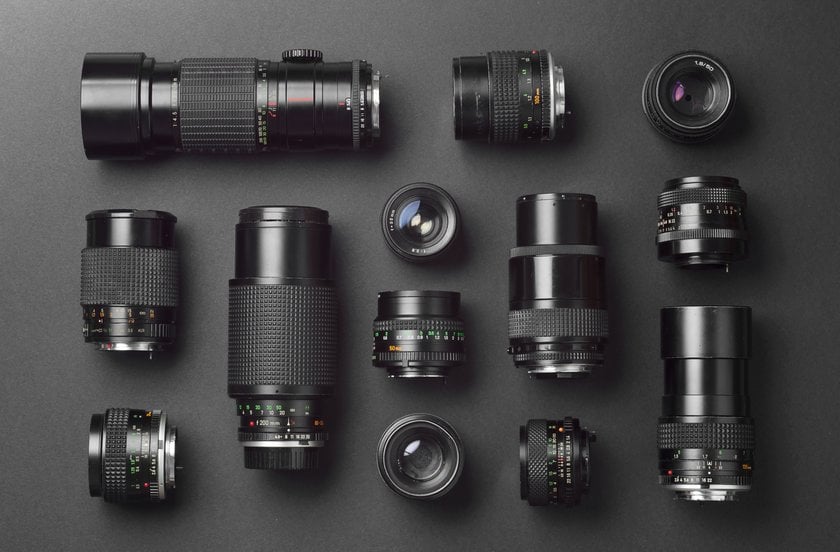
The world of Micro Four Thirds boasts a plethora of tailored lenses, many of which are notably petite and featherweight. In contrast, the Full Frame universe expands the horizon with a spectrum of premium, top-notch lens options.
Make sure you understand the difference before buying a gear.
Size Matters
Travel enthusiasts and on-the-go photographers might lean towards Micro Four Thirds. Why? Their cameras and associated lenses are typically more compact and weigh less than those aligned with Full Frame.
Pocket Concerns
If cost rings bells of concern, then Full Frame might make you think twice. With a steeper price tag for both cameras and lenses, budget-conscious photographers often find solace in the Micro Four Thirds domain, which doesn't skimp on delivering admirable image outcomes.
Adaptability
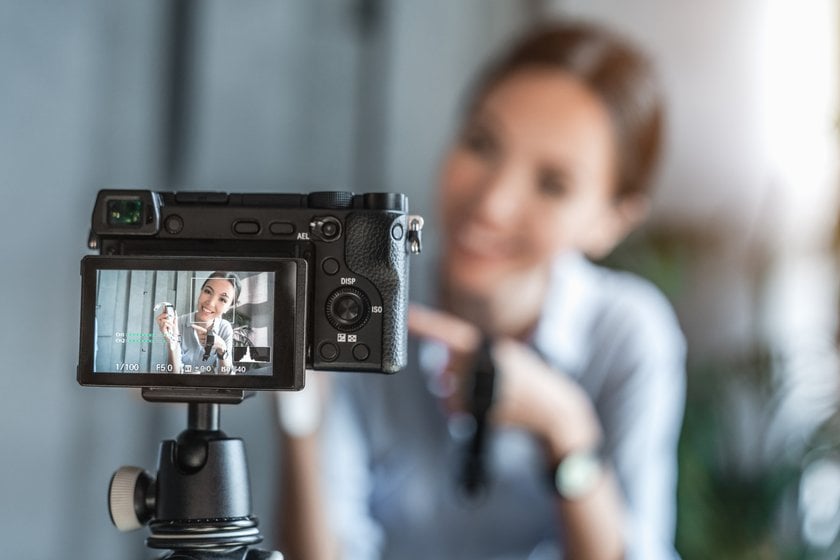
The dainty size of Micro Four Thirds cameras, defined by their 4/3 sensor size, coupled with a vast array of lens options, make them all-rounders, fit for snapping anything from bustling streets to serene landscapes. On the other hand, owing to their unmatched image clarity and prowess in dim settings, Full Frames find favor among those capturing posed portraits, natural vistas, or studio setups.
Gazing Through the Lens
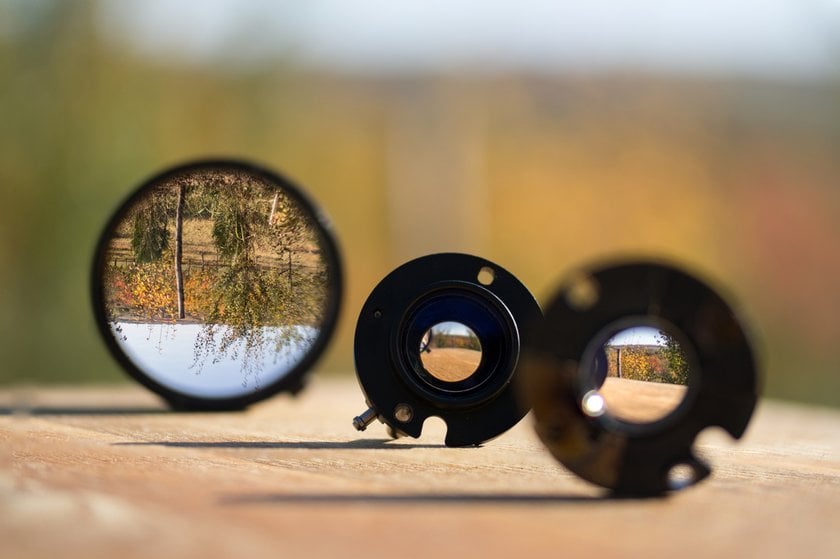
Here's a fun tidbit: Micro Four Thirds sensors magnify by a factor of 2. What this means is, a 25mm lens on such a camera will echo the perspective of a 50mm lens on its Full Frame counterpart. This "zoomed-in" view can be a boon when subjects are far but might demand broader lenses for more intimate shots.
The Role of Luminar Neo in Enhancing Your Photography

No matter your camera's sensor size—Full Frame, APS-C, or Micro Four Thirds—Luminar Neo can help maximize your camera's potential. The software understands the nuances of different sensor sizes and optimizes the editing process accordingly.
For example, it can enhance the details and sharpness in images taken with smaller sensors, like Micro Four Thirds, to match the perceived detail level of larger sensors. Likewise, Luminar Neo can deftly handle the broad dynamic range and color data of Full Frame sensors, allowing you to make the most of your camera's capabilities.
Advanced yet easy-to-use photo editor
Get Luminar Neo NowFAQ: Camera Sensors Explained
What's the deal with Micro Four Thirds, Four Thirds, and how do they compare with APS-C?
Both Micro Four Thirds and Four-Thirds refer to sensor sizes. But here's the twist: Olympus and Panasonic teamed up to make the Micro Four Thirds specifically for sleeker, mirrorless cameras. It's the same sensor size as Four Thirds, but the Micro version is more compact, thanks to its tinier lens mount and shorter lens-to-sensor distance.
In the grand spectrum of things, when comparing APS-C vs Micro Four Thirds, the former often sits somewhere in between the two in terms of size, making it a middle ground for those not ready to commit to the compactness of MFT or the larger expanse of full-frame sensors.
'Crop factor'—sounds techy. What's it about?
Think of crop factor as a way to compare lens views across different sensor sizes, using Full Frame as the reference point. The micro 4/3 crop factor is 2x, which means when using a Micro Four Thirds sensor, it appears you're "zoomed in" twice as much compared to a Full Frame. On the other hand, APS-C sensors have a crop factor that ranges between 1.5x to 1.6x, depending on the manufacturer.
Can I convert Micro Four Thirds to Full Frame?
Technically, converting involves hardware changes, which isn't standard practice. Using adapter mounts can cause vignetting (darker edges in the photo) or limited lens functionality. Simply put, Full Frame captures a broader view than what Micro Four Thirds lenses are designed for.
What is the difference between APS-C and Full Frame?
Full Frame sensors offer superior images, especially in low-light, making them a top choice for portrait and landscape photography professionals. They boast larger sizes, capturing more detail and light.
In contrast, APS-C sensors are smaller and more affordable. They are versatile and suitable for many photography styles, appealing to enthusiasts and semi-pros.
So, is Full Frame better than APS-C? It depends on individual needs and budget. Factors like camera size, lens availability, and specific photographic needs influence the choice.
How does size matter for image quality and background blur?
Size matters a lot! Bigger sensors, like Full Frame, are champs in dim light and can blur backgrounds beautifully for portraits. But if you want more in-focus shots, like in street or landscape photography, Micro Four Thirds, and APS-C are your buddies. Your preference plays a big role in choosing!
Why are some cameras called 'mirrorless'? How does that relate to sensor size?
"Mirrorless" refers to the camera's internal design. Traditional DSLRs use a mirror to reflect light from the lens into an optical viewfinder. Mirrorless cameras skip the mirror, allowing light to hit the sensor directly. This makes the camera more compact. As for sensor size, mirrorless cameras can have various sizes, from Full Frame to APS-C to Micro Four Thirds.
The beauty of mirrorless tech is that you get a live digital preview directly from the sensor, often resulting in a lighter and smaller camera body regardless of the sensor size!





